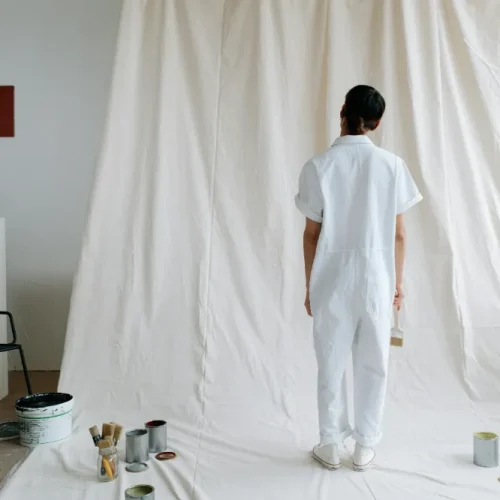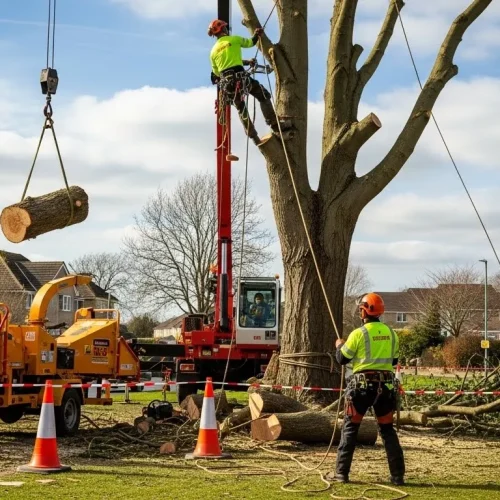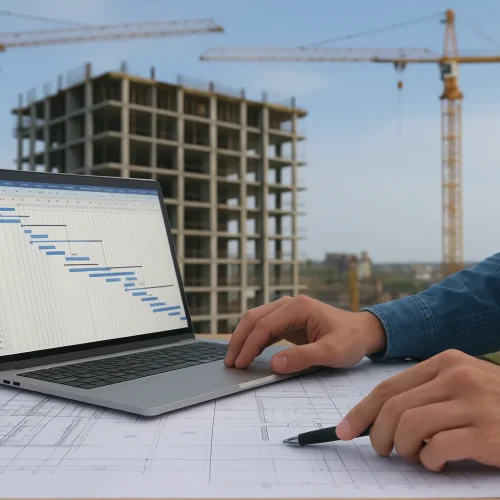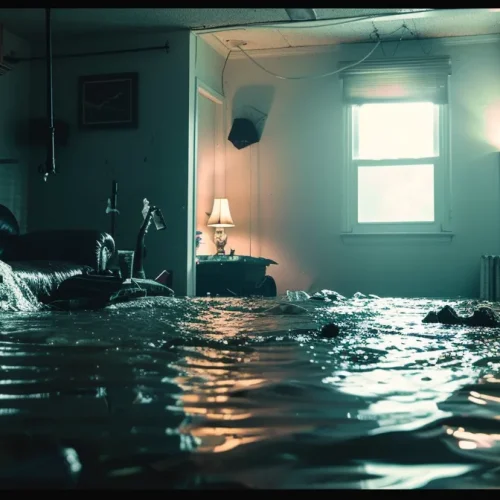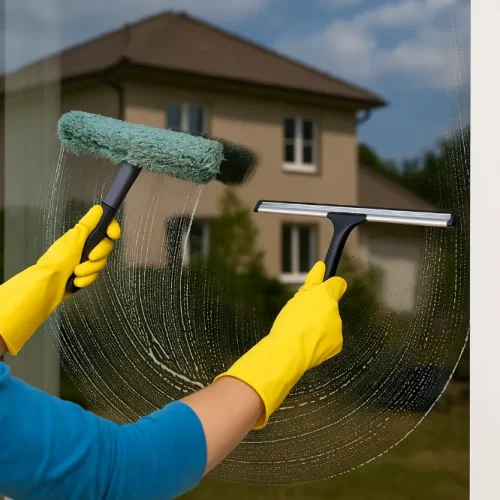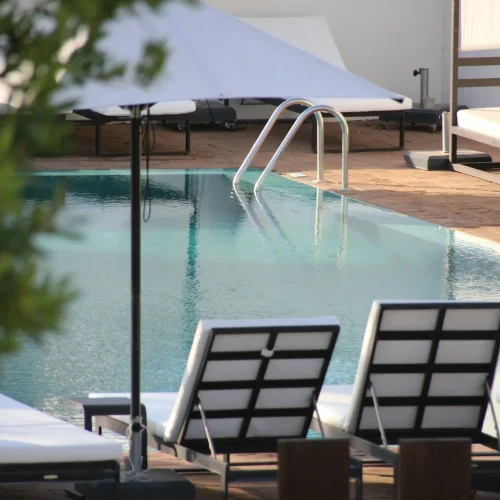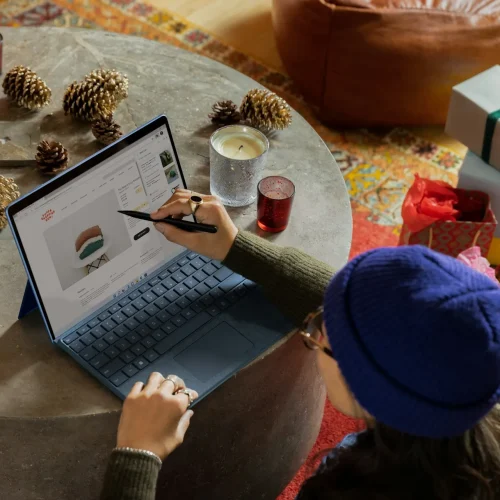
Here’s a problem keeping healthcare leaders up at night: not enough young folks are heading into STEM careers. You’ve probably noticed traditional classroom methods don’t exactly set teenagers’ imaginations on fire when it comes to medical work. They sit through lectures, memorize diagrams, and still can’t picture themselves actually doing this stuff.
But something pretty amazing happens when you let teens get into the thick of it, real medical scenarios, actual tools, genuine challenges. Immersive medical experiences create those lightbulb moments. Suddenly, a kid who couldn’t see themselves in a white coat is mentally trying one on. These programs do more than educate. In a study of the MEDscience medical‐simulation program, 63% of students subsequently took additional science or health courses and 80% of program graduates cited a health‐related college major as their goal.
What Makes Learning Through Doing So Powerful
Let’s talk about brain science for a second. When students interact with medicine through actual hands-on work instead of just reading textbooks, something fundamentally different happens upstairs. Research confirms that immersive virtual reality simulations can significantly boost students’ interest in science and positively influence their career aspirations in healthcare fields. Your brain doesn’t process these experiences like passive information intake.
Why Direct Engagement Creates Lasting Impact
Think about it—when students perform mock surgeries or puzzle through diagnosing virtual patients, they’re firing up multiple brain areas simultaneously. This isn’t rote memorization happening here. They’re developing muscle memory, forging emotional bonds with the material, and constructing practical frameworks for understanding. All those senses working together? That creates memories textbooks simply can’t compete with.
Experiential Approaches That Actually Change Minds
Different kids need different entry points, but effective programs share one thing—direct interaction with medical tools and concepts. Today’s options mean just about every student can find something that clicks with how they learn and what gets them excited.
Intensive Residential Programs
Summer intensives pack a serious punch. We’re talking two or three weeks of total immersion—clinical scenarios every day, lab work, mentorship from professionals actually practicing medicine right now. A medical camp is a great way for students to gain exposure to healthcare careers, understand the human body, and build problem-solving skills in an engaging, supportive environment.
The residential piece adds extra value too. Living with peers who share similar interests? That builds community and reinforces their developing identity as science people. These experiences nurture confidence, teamwork, and critical thinking like qualities that set the stage for future innovators in science, technology, engineering, and medicine.
Digital Reality Tools Changing Access
Medical education technology has absolutely exploded lately. Students can now dive into 3D anatomy, practice surgical moves on virtual patients, or watch disease progression unfold before their eyes—all from school or home. These digital innovations knock down geographic and financial walls that used to keep hands-on medical exposure locked away for privileged kids near big medical centers.
Shadowing Real Clinicians in Action
There’s just no substitute for watching actual healthcare professionals do their thing. Shadowing lets students see the real tempo, the decision-making process, the intensely human parts of medical work. They follow morning rounds, observe procedures (age-appropriate ones), and pepper people with questions about what various careers in science and technology actually feel like day-to-day. This unvarnished view helps them figure out if they’re genuinely cut out for healthcare’s intensity.
Tech Innovations Fueling Student Engagement
New tools keep appearing that make medical learning stickier and more effective. Students consistently report high levels of motivation, mentioning the realism of the scenarios as a key factor in their engagement. That authenticity isn’t just nice to have, it’s essential for keeping interest alive.
Smart AI Learning Systems
Artificial intelligence is personalizing medical education in ways individual teachers physically can’t. AI adapts challenge levels on the fly, recommends relevant cases matching student interests, delivers immediate feedback on diagnostic choices. These intelligent platforms walk students through progressively tougher scenarios while preventing frustration and building confidence.
Touch-Feedback Technology
Medicine is tactile. Newer simulation systems deliver realistic touch sensations when students practice stitching, placing catheters, or examining patients. This sensory layer bridges the chasm between virtual and actual clinical skills, better preparing students for eventual real-world medical practice.
Collaborative Virtual Environments
Student teams can now operate together in virtual ORs or emergency rooms, even when they’re physically miles apart. These shared environments teach more than medical facts—they develop the teamwork and communication skills that healthcare absolutely demands.
Career Possibilities Revealed Through Direct Experience
Exposure shows students options they didn’t realize existed. Most teens think “medicine” equals “become a doctor,” but immersive medical experiences reveal dozens of other healthcare and science possibilities.
Way Beyond Just Being a Doctor
Biomedical engineering, medical illustration, healthcare data science, pharmaceutical research—these paths often catch students off guard when they discover them through hands-on programs. A student might arrive obsessed with surgery but leave passionate about designing the next-generation surgical robots.
Laboratory and Research Paths
Lab components in immersive programs introduce students to medical research careers they’ve barely seen portrayed anywhere. They discover that breakthroughs don’t exclusively happen in operating rooms, they emerge from patient, methodical work at benches and terminals.
The Ripple Effect
Students who get genuinely excited about medicine often turn into evangelists. They share that fire with siblings, friends, and classmates. One teenager’s transformative summer can spread outward, pulling several others toward STEM paths they’d previously ignored.
Breaking Down Access Barriers
Money and location shouldn’t dictate who explores medical careers. Schools and communities are getting creative about bringing these experiences to every interested student.
Collaboration Strategies That Deliver
Hospitals gain from building relationships with tomorrow’s healthcare workers. Many now team up with schools for free or affordable shadowing and mentorship. These partnerships create mutual benefits—students get exposure while hospitals cultivate their pipeline.
Digital Tools Democratizing Opportunity
Rural students don’t need to live near major medical centers anymore to access quality experiences. Virtual simulations and remote mentorship bring expert guidance straight to underserved areas. While not identical to in-person immersion, these digital alternatives significantly expand access.
Common Questions About Medical Exploration
Middle school hits the sweet spot. Ages 11-14 bring enough maturity to grasp medical concepts without the rigid self-concepts that develop later. Early exposure builds confidence before those crucial high school course choices arrive.
They can’t completely replicate hands-on clinical reality, but quality virtual programs bring unique strengths. Students can repeat procedures until they’ve nailed them, explore rare conditions they’d never see during shadowing, and learn at their own rhythm without pressure.
That’s genuinely valuable information. Way better to discover mismatches early through low-stakes exploration than after investing years in expensive medical training. Besides, critical thinking and problem-solving skills transfer beautifully to countless fields.
Wrapping Up
The journey from curious kid to confident STEM professional often starts with one powerful moment—witnessing surgery, cracking a diagnostic puzzle, or just feeling genuinely welcomed into the medical world. Immersive medical experiences create these turning points for thousands of students every year.
They convert vague interest into focused drive and help young people actually see themselves advancing human health and scientific knowledge. As technology makes these experiences more accessible and realistic, we’re developing the diverse, motivated healthcare workforce our future desperately requires. Every student deserves that opportunity to find their purpose.



